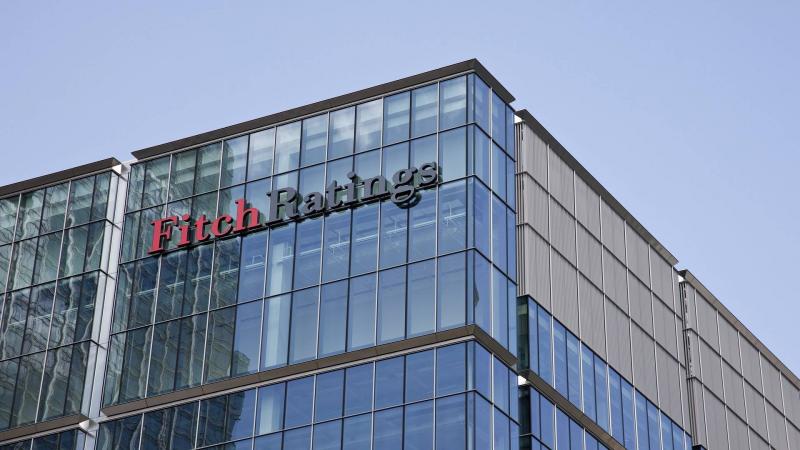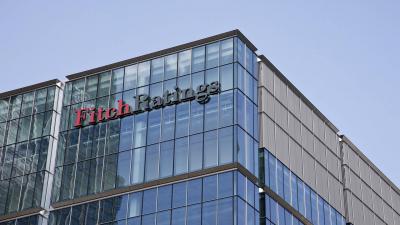A report from Fitch Ratings predicts that the contribution of the tourism sector to the GDP of countries in the Gulf region will increase by 161.5% cumulatively, reaching over $340 billion by 2030, accounting for 10% of their economies at that time. The credit rating agency stated in a recent report that the tourism sector contributed approximately $130 billion to the region's economies in 2023. In February, Saudi Tourism Minister Ahmed Al-Khateeb indicated that the contribution of the travel and tourism sector to the GDP of the Gulf Cooperation Council (GCC) countries reached 7.8% in 2022, "which does not meet the aspirations and ambitions of the council leaders," according to the Saudi Press Agency (SPA). Al-Khateeb emphasized "the necessity to work on increasing this percentage in the coming years to reach 10% in all member states," without specifying a timeline.
The GCC, for its part, adopted a unified tourist visa during the summit in Doha at the end of last year, which is expected to create new investment opportunities in the tourism sector across all member states. The new visa is expected to allow its holder to visit six countries under a unified tourist visa, focusing on attracting tourists and keeping them in the GCC countries for longer periods, which is likely to enhance Gulf economic integration, according to previous statements by UAE Economy Minister Abdullah bin Touq.
Gulf countries possess "an advanced and qualified infrastructure" for the travel and tourism sector, with a total of 10,649 hotel establishments by the end of 2022, representing a growth of 1.2% compared to 2016, as stated by bin Touq in an interview reported by the Emirati news agency on October 23. The shared Gulf tourism strategy "2023-2030" aims to increase the number of incoming trips to the GCC countries by an annual rate of 7%, targeting a total of 128.7 million visitors by 2030, compared to 39.8 million visitors in 2022, according to bin Touq. The GCC aims to increase tourist spending to $188 billion by 2030, compared to an expected $96.9 billion by the end of last year.
The aviation industry is expected to play a key role in revitalizing inbound tourism to the Gulf region, as it already boasts some of the world's latest airports, including Dubai International Airport, which hosts 87 million passengers, Hamad International Airport with 45.9 million passengers, and King Abdulaziz International Airport, which has a capacity of 42.9 million passengers, according to Fitch. Passenger traffic in a sample of GCC airports rose by 8% in 2023 compared to 2019 levels and increased nearly 20% compared to 2022 levels. Plans for infrastructure in the GCC aim to double air traffic by 2030, according to Fitch.
Recently, Saudi Arabia has increased its investments in airports to enhance support for anticipated population growth and additional international visits, including for Hajj. In 2023, Saudi Arabia announced 200 ongoing projects across 17 sectors, including four airports, and the development of the "New Abha International Airport" has attracted considerable interest from local and international investors, according to Fitch. Last October, Saudi Crown Prince Mohammed bin Salman unveiled the master plan for the new Abha International Airport, which will have a capacity of 13 million passengers per year, with the first phase expected to be completed by 2028. The current capacity of the airport is 1.5 million passengers.
Through "Vision 2030," Saudi Arabia aims to transform into a leading tourist destination in the region, intending to raise the contribution of the tourism sector to the GDP to 10% by 2030. The kingdom has launched several projects and strategies in this context, such as the Asir strategy "Peaks and Traits" and the national aviation strategy, which aims to increase the number of destinations to 250 and 330 million passengers. Additionally, existing airports are being expanded, and several new airports are planned, such as "King Salman International Airport," which is expected to be one of the largest airports in the world, and "Neom" on the Red Sea, along with the launch of an additional national carrier, "Riyadh Air."
In 2023, Saudi Arabia achieved its target of 100 million tourists, originally set for 2030, attracting 77 million tourists from within the kingdom and 27 million from abroad, who spent 100 billion riyals ($27 billion), according to previous statements by Saudi Tourism Minister Ahmed Al-Khateeb. Saudi Arabia also aims to attract 70 million international tourists annually by its self-set goal of 2030.
The United Arab Emirates and Qatar have likewise invested in their airports over the past decades, alongside developing major airlines, thus establishing themselves among the largest international passenger hubs worldwide, according to Fitch. Saudi Arabia looks to achieve $80 billion in tourism revenue this year and has managed to double its tourism revenues within five years, according to Minister of Tourism Ahmed Al-Khateeb. Finally, Fitch noted that Gulf countries are turning to diversify funding sources for these projects through bond and sukuk markets, thereby reaching a broader range of investors and long-term financing options.




